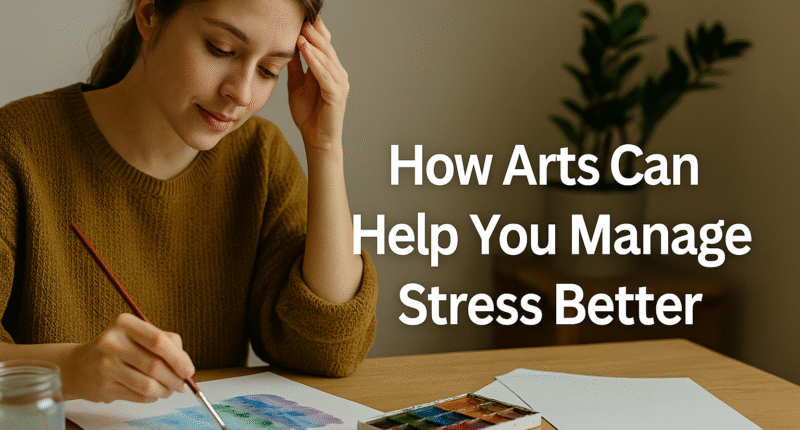Stress has become a common challenge in today’s fast-paced world, affecting mental, emotional, and physical health. While there are many ways to cope, one of the most effective and enjoyable methods is engaging in the arts. Whether it’s painting, music, dance, or writing, creative expression provides a powerful outlet for releasing tension and restoring balance. Here’s how the arts can help you manage stress more effectively.
The Healing Power of Creative Expression
Art provides an escape from daily pressures by allowing people to focus on something meaningful and enjoyable. When you engage in creative activities, your mind shifts away from stressors and into a state of flow—a relaxed focus that brings calm and clarity.
Turning Emotions Into Art
Instead of bottling up emotions, you can channel them into artistic expression. Writing poetry, sketching, or playing an instrument helps externalize feelings, making them easier to understand and manage.
Arts as a Form of Mindfulness
Stress often comes from worrying about the past or the future. The arts bring you back to the present moment, similar to mindfulness practices.
Immersive Activities Reduce Anxiety
Activities like painting detailed patterns, dancing to music, or crafting handmade objects require concentration. This immersion quiets the mind and reduces overthinking, creating a meditative effect.
Music and Stress Relief
Music is one of the most accessible art forms for stress management. Listening to calming tunes or playing an instrument helps slow down breathing and lower blood pressure.
Healing Through Sound
Studies show that soothing music can reduce cortisol levels, the hormone linked to stress. Singing or drumming in a group also creates social connections that further relieve emotional tension.
Visual Arts and Emotional Release
Drawing, painting, or photography gives people the chance to express feelings without words. The act of creating visual art can release pent-up emotions while producing something meaningful.
Art Therapy for Stress Management
Professional art therapy is often used to help people dealing with trauma, anxiety, or burnout. It provides a safe environment for self-expression and healing.
Dance and Movement for Stress Reduction
Physical activity is a natural stress reliever, and dance combines movement with creativity. Dancing releases endorphins, the body’s “feel-good” chemicals, while also allowing emotional release through rhythm and motion.
Building Confidence Through Dance
Beyond physical benefits, dance fosters confidence and joy, replacing stress with positive energy.
Writing and Journaling for Clarity
Writing is another powerful tool for managing stress. Journaling about worries or expressing gratitude in writing helps organize thoughts and reduce mental clutter.
Storytelling as Therapy
Creative writing or poetry allows individuals to turn personal struggles into narratives, finding meaning and healing in the process.
Conclusion: A Creative Path to Stress Relief
Arts provide more than entertainment—they are a practical and effective way to manage stress. By engaging in music, dance, painting, or writing, you can release emotions, practice mindfulness, and experience deep relaxation. In a stressful world, turning to the arts is not just a hobby—it’s a pathway to better mental health and overall well-being.









